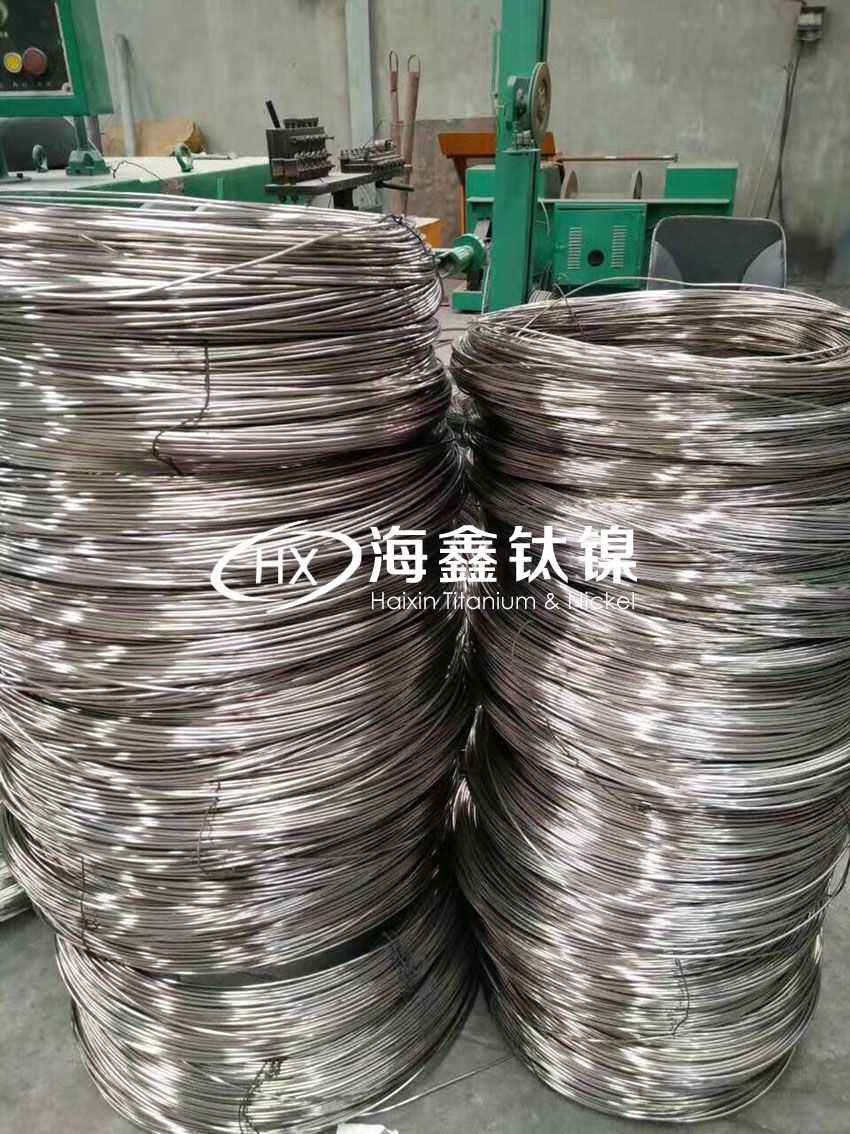Pure titanium exhibits numerous superior properties, leading to its increasing application in dental medicine. However, titanium-based porcelain-fused crowns remain in the experimental stage.
For successful artificial crowns, marginal fit is a critical prerequisite. This study compared the marginal fit and adaptation of metal frameworks and metal-ceramic crown castings made from CP Ti (commercially pure titanium) and Ni-Cr alloy to investigate the effects of porcelain firing on the metal substructure.

Methods
32 intact mandibular second premolars extracted for orthodontic reasons were used. After extraction, teeth were stored in saline for 4 days, then prepared with a 15° axial wall angle and 1mm-wide shoulder using a parallelometer. A 0.5mm-thick standardized wax pattern was created using the dip-wax method, with surface modifier applied.
The 32 wax patterns were divided into two groups:
Group 1: Cast using Ni-Cr alloy (Remanium CS) with Castoric Super C investment in an induction casting machine (Degutron).
Group 2: Cast using CP Ti (Rematitan) with Rematitan Plus investment in a Castmatic Rematitan casting machine.
All castings were polished with tungsten carbide burs and sandblasted with 50μm Al₂O₃.
Subgroup 1 (n=8): Porcelain (Ultra-Pake opaquer) was fired at 975°C, followed by body porcelain (Ceramco) at 920°C and 910°C, then glazed (Ceramco Natural Glaze). Crowns were cemented with glass ionomer.
Subgroup 2 (n=8): Surface-bonded with Tibond porcelain after cleaning.
Crowns were sectioned longitudinally post-cementation, and the gap between the crown’s inner wall and tooth preparation was measured at five predefined points. Data were statistically analyzed.
Results
Maximum gap (central occlusal point):
Ti (titanium crowns): 140.62 ± 18.84 μm
TiC (titanium porcelain-fused crowns): 148.68 ± 19.46 μm
RC (Ni-Cr alloy crowns): 85.93 ± 20.76 μm
RCP (Ni-Cr porcelain-fused crowns): 110.54 ± 27.02 μm
Marginal gap:
Ti: 22.35 ± 15.38 μm
TiC: 27.93 ± 15.71 μm
RC: 29.18 ± 17.06 μm
RCP: 32.12 ± 20.13 μm
Conclusions
Titanium and titanium alloy porcelain-fused crowns showed poorer occlusal adaptation compared to Ni-Cr alloy crowns.
No significant differences in marginal gaps were observed between groups.
All metal crowns exhibited better fit than porcelain-fused counterparts.
Clinical acceptability: Both marginal fit and internal adaptation of titanium and titanium alloy porcelain-fused crowns met clinical requirements.